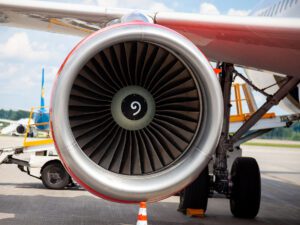Lhyfe and SAF+ to develop fuel from hydrogen

This is the first announcement of its kind for Lhyfe.
SAF+ brings together cutting-edge technical expertise to provide e-SAF and help reduce the carbon footprint of the aviation industry.
SAF+ brings together a coalition of leading international players from across the aviation value chain.
In July last year, the company announced the signature of a memorandum of understanding with the Air France-KLM Group for the supply of second-generation e-SAF fuel, with the first deliveries scheduled for 2030.
Lhyfe produces green and renewable hydrogen through the electrolysis of water, at production units powered by renewable energy. The company's first site has already been operational since the second half of 2021, and two further sites in France were inaugurated in December 2023.
As part of this memorandum of understanding, Lhyfe and SAF+ plan to assess the potential for developing e-SAF production in the Le Havre area and to sign a co-development agreement.
The partners are aiming for a facility in the port region of Le Havre, where Lhyfe would build a green hydrogen production site with a capacity of more than 100 tonnes per day (300 MW of installed electrolysis capacity) to supply an e-SAF production site that SAF+ is planning to build.
“This agreement between Lhyfe and SAF+ shows our shareholders and stakeholders that our European strategy is well on track. Demand for SAF in the coming years will be exponential, so we now need to be able to demonstrate that viable solutions will be put in place in the short term,” explained SAF+ CEO Jean Paquin.
Matthieu Guesné, founder and CEO of Lhyfe said: “Through this ambitious agreement with SAF+, we are demonstrating our determination to help decarbonise not only industry and road transport, but also air transport, which in 2020 accounted for 2.9% of global CO2 emissions.”











